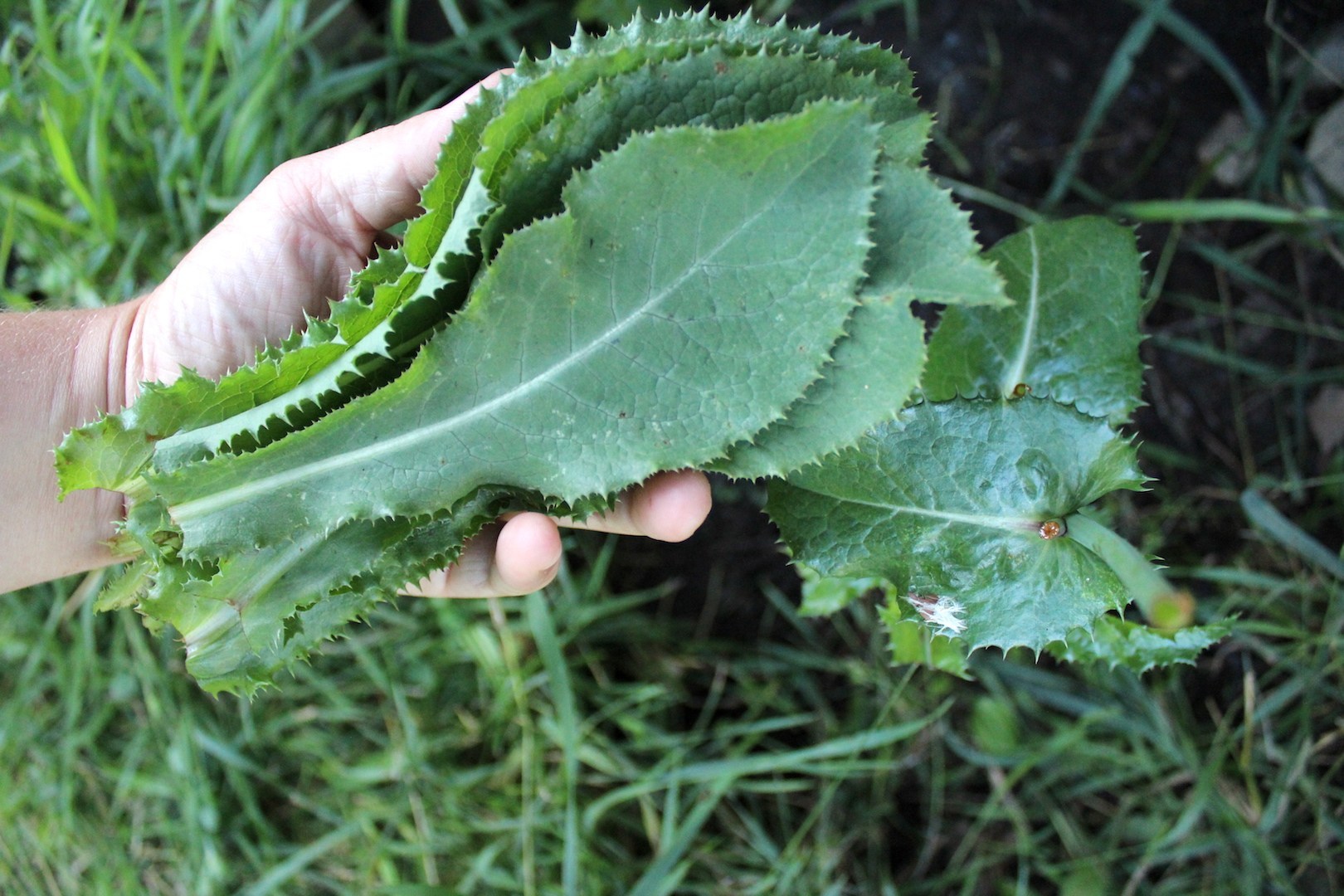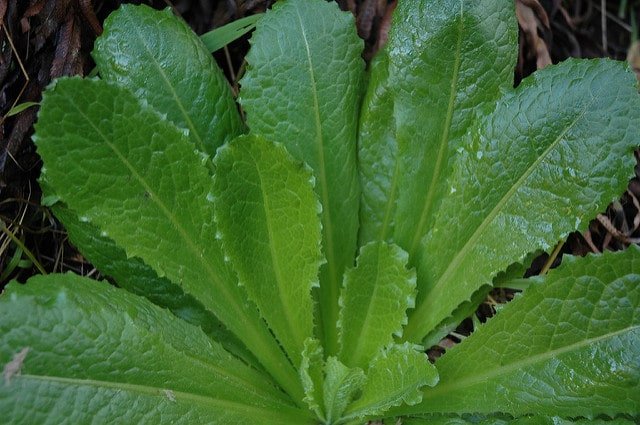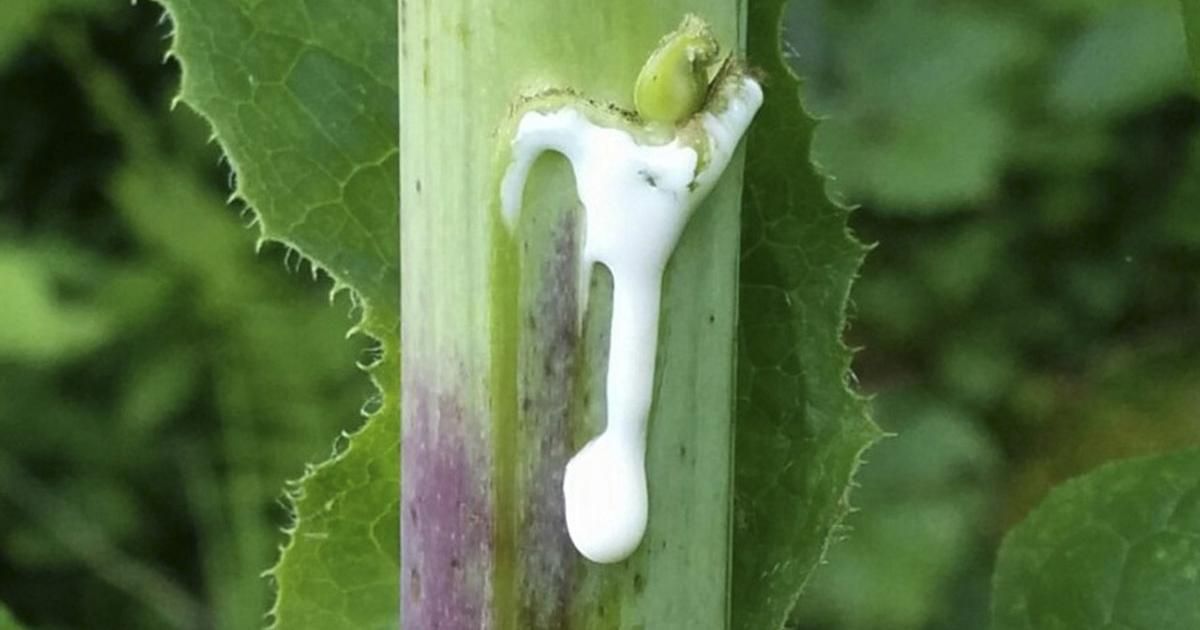Sometimes, whether it be an injury or even a disease, we need something to help us get through it and deal with the pain. Although painkillers are widely used, they are in no way good for us.
One of the best solutions to dealing with pain is using wild lettuce, which is not as well known as it should be, but most likely already growing in your garden. Wild Salad has long been known in the world of “natural remedies” or “alternative treatments”. It is often referred to as the poor man’s opium.

Natural painkiller
If you have suffered from anxiety, headache, muscle or joint pain, you may already be familiar with wild salad. It is also effective in calming restlessness and reducing anxiety and can even alleviate the restless leg syndrome. Take 30 to 120 milligrams at bedtime if you are using a wild salad preparation.
Wild lettuce has proven to be effective in treating a variety of things. It can work for everything from muscle or joint pain to whooping cough. The book “A Modern Herbal” Volume 2 even mentions how Dr. Collins “stated that 23 out of 24 cases of dropsy were cured by dosing 18 grains in 24 hours on 3 drachma extract.” Many people use it as a means of getting rid of or helping them with insomnia.
Apart from that, you should of course be careful when you eat something. You need to try it out and see how your body reacts to it. Never jump straight into things. Painkillers have some pretty dreadful side effects, and choosing this natural alternative could be a better way for you. Wildsalat works because it acts like opiates without addiction numbing.
If you want to add this plant to your life, find some and take out the white milky substance from within. Use this option to create a tincture, as shown in the video below. There are many things in nature that we can benefit from knowing rightly.
From injury to illness, pain is a very common disease or symptom that can bring the hardiest of the hard off the feet. It is so widespread that we are seeing a major epidemic of opiate dependence on us.
Unfortunately, with so many people in need of pain relief, a large part of our population is dependent on chemical care, which often only covers the problem instead of remedying the cause.
Unfortunately, pain is so prevalent that conventional medicine regards many who really suffer as addicts. Instead of being released from agonizing pain, people are rejected. As a result, they find the chemical painkillers illegal, and everywhere there are pain clinics and rehabilitation centers trying to fight the addiction.

Wild lettuce as a healthy alternative
Lactuca Virosa is the scientific term for it, and many people have used it instead of addictive, prescription painkillers. It is a leafy and large plant with small yellow buds and could grow right outside your door. More commonly found in North America and England, it is related to the salad we normally find in the supermarket. It is also referred to as a bitter salad, or, more appropriately, for the purpose discussed here, as an opium salad.
The reason why it is referred to as an opium salad is due to the analgesic and sedative effect of producing a white substance known to grow in the stem and leaves.
Poisonous lettuce
This milky substance is called lactucarium. And although it does not contain any opiates, it has similar effects when used – it acts directly on the central nervous system (CNS) to reduce the sensation of pain, just like morphine. Although it seems to be the best kept secret, it has a history of use as an alternative to pain relief.
Historical use
Already in the 19th century, wild lettuce was used as a substitute for opium. In the 1970s, however, he began to gain popularity among people who wanted to win a natural remedy. Individuals started it for pain relief, as well as e.g. to use for recreation.
At that time people used wild lettuce in different ways. One use was to cook the plant in a pot of water and sugar until it was reduced to a thick, syrupy consistency. Although this was very effective, it was quite bitter, even adding sugar. However, the most common form was drying the stem and leaves to use as herbal tea.
The tea is still popular today. Dried it is also used for smoking or vaporizing. If you do not want to grow it yourself, you can also buy it as a dried herb, extract or resin.






